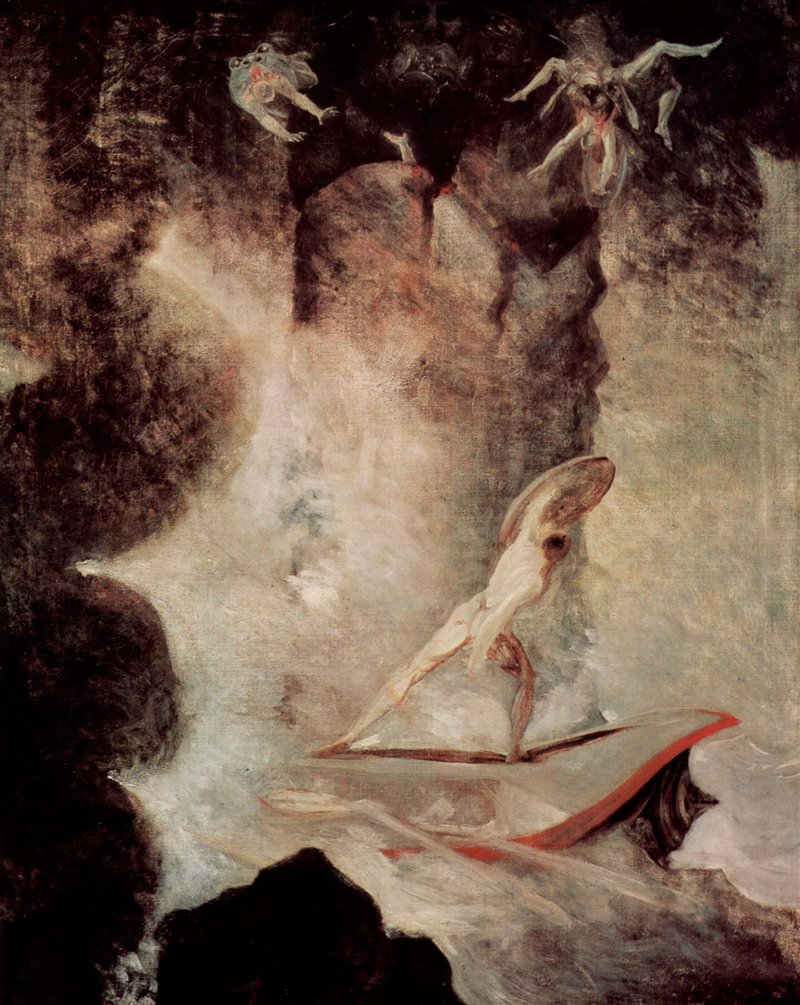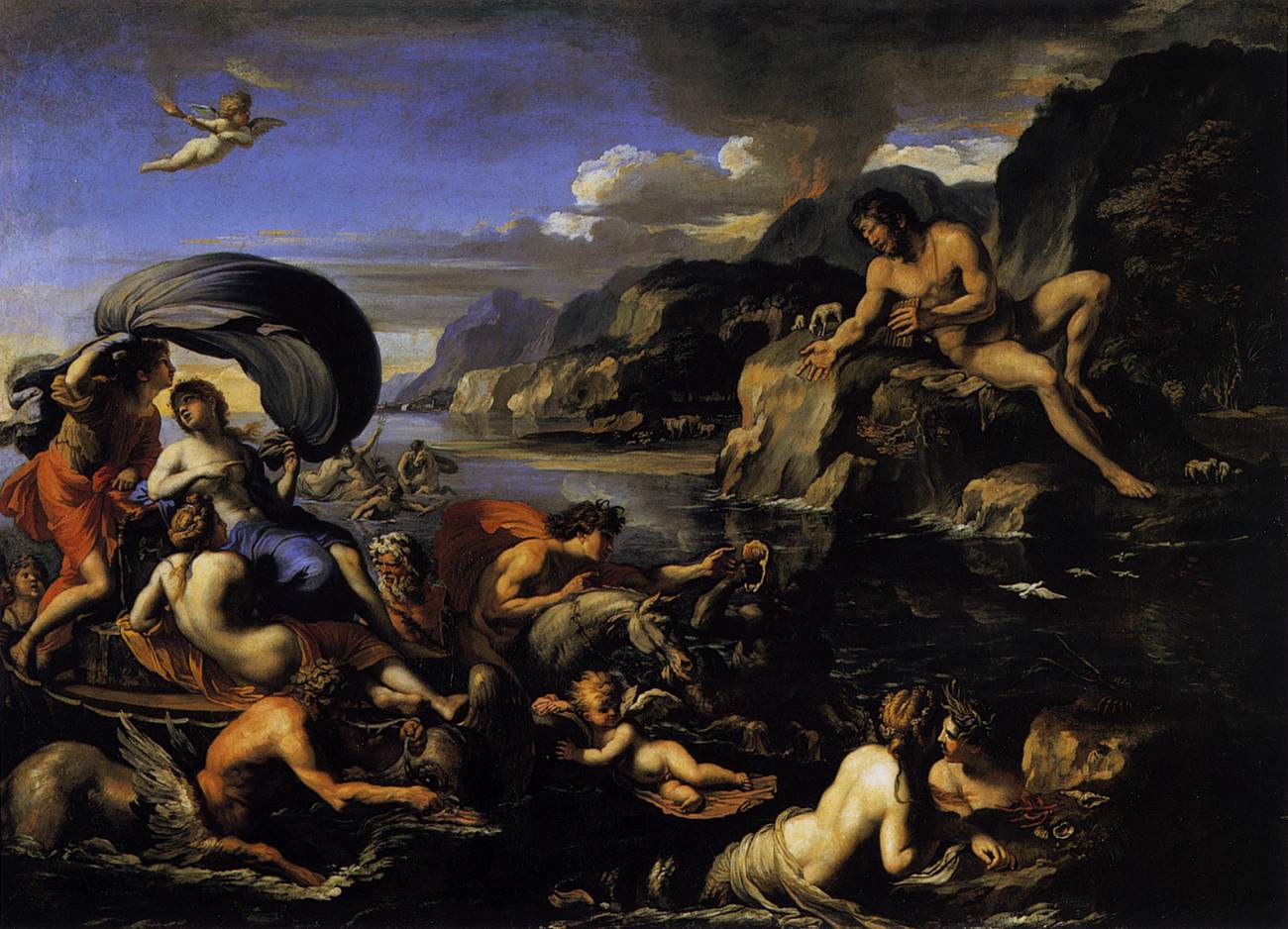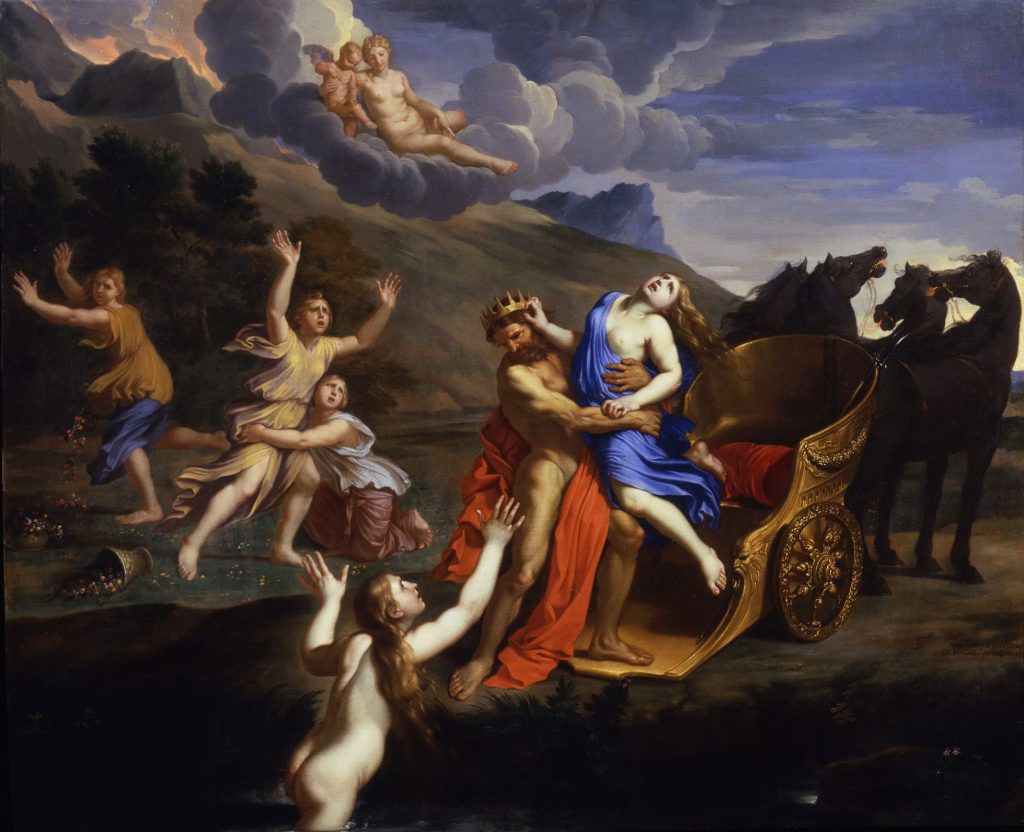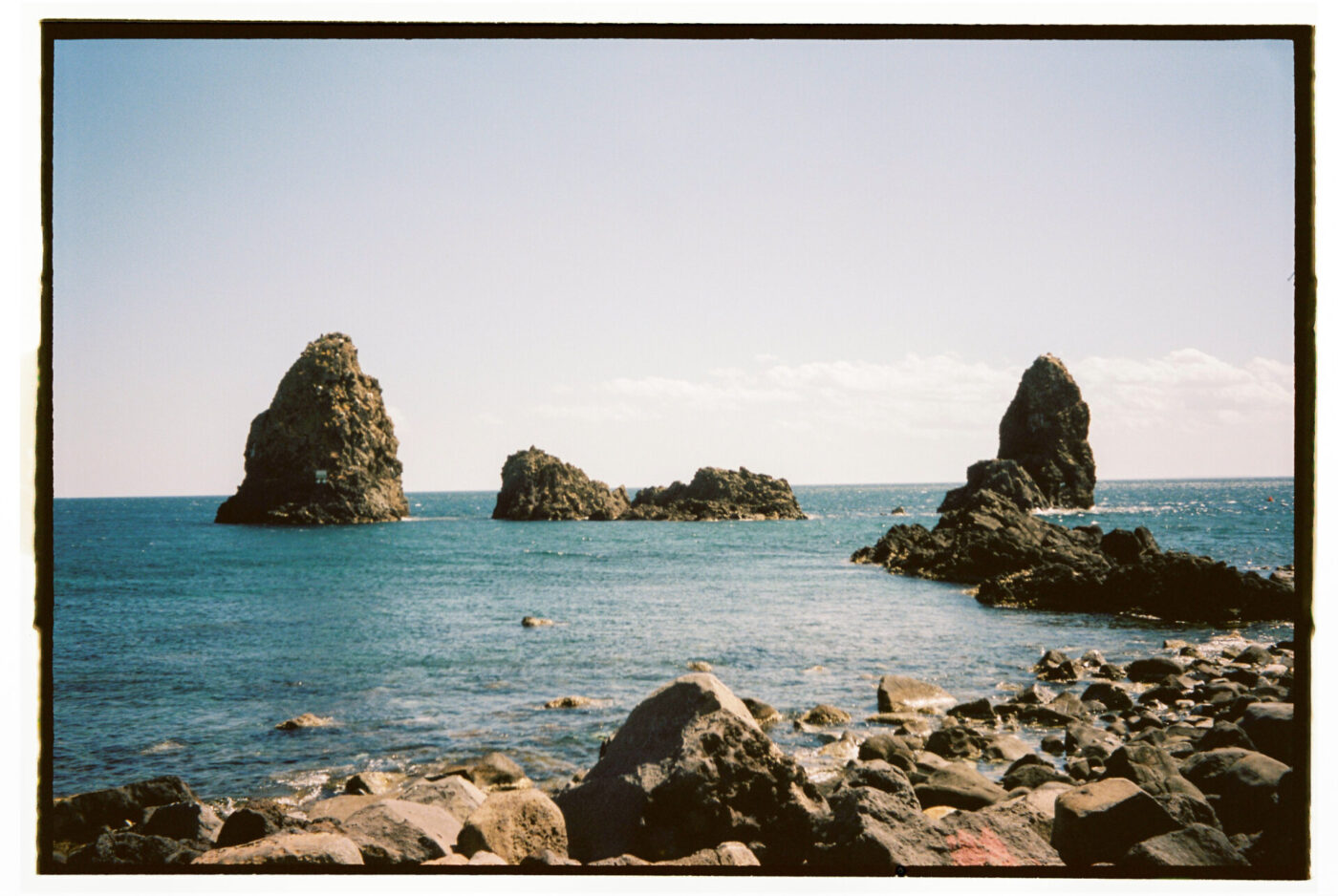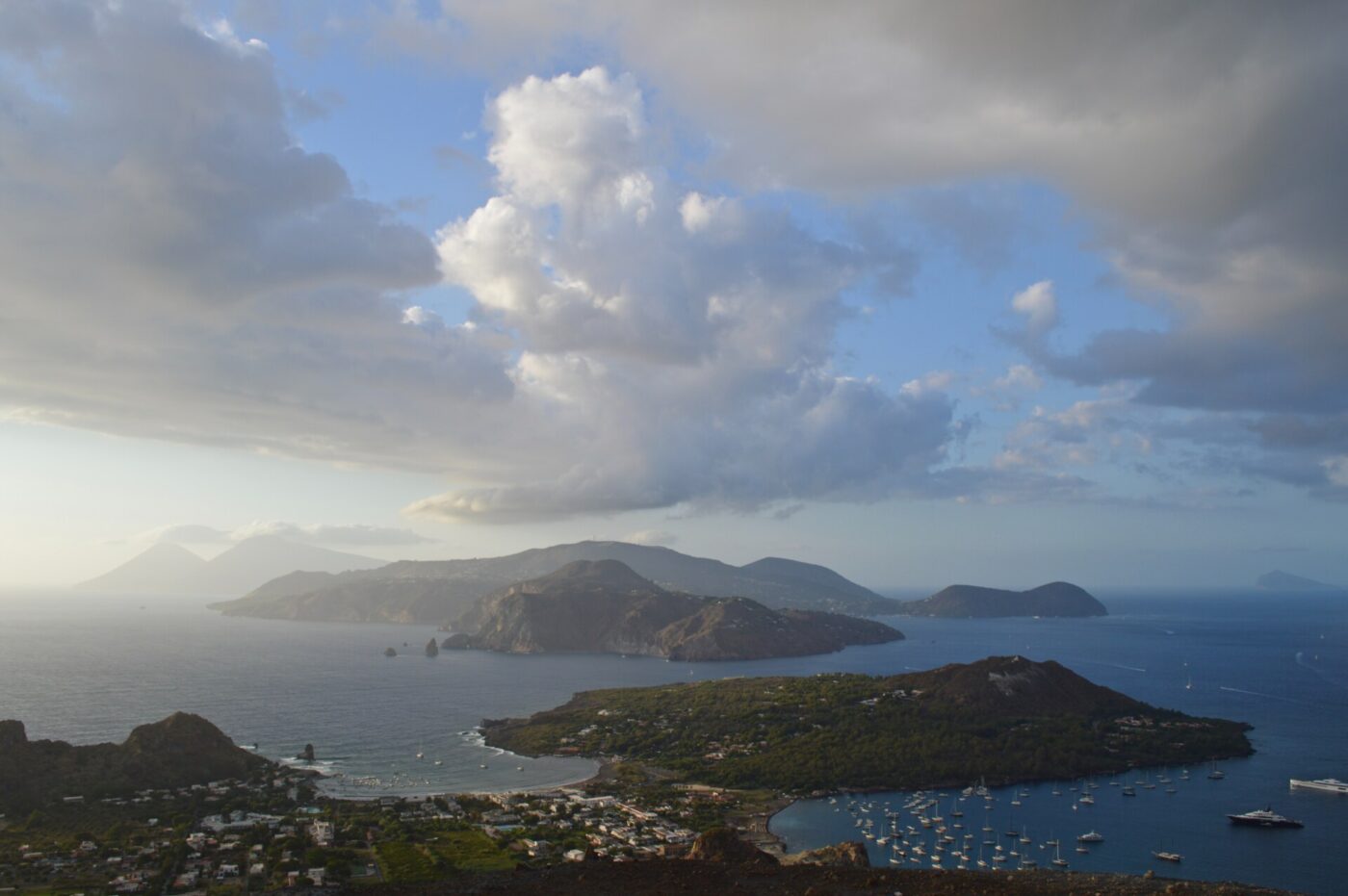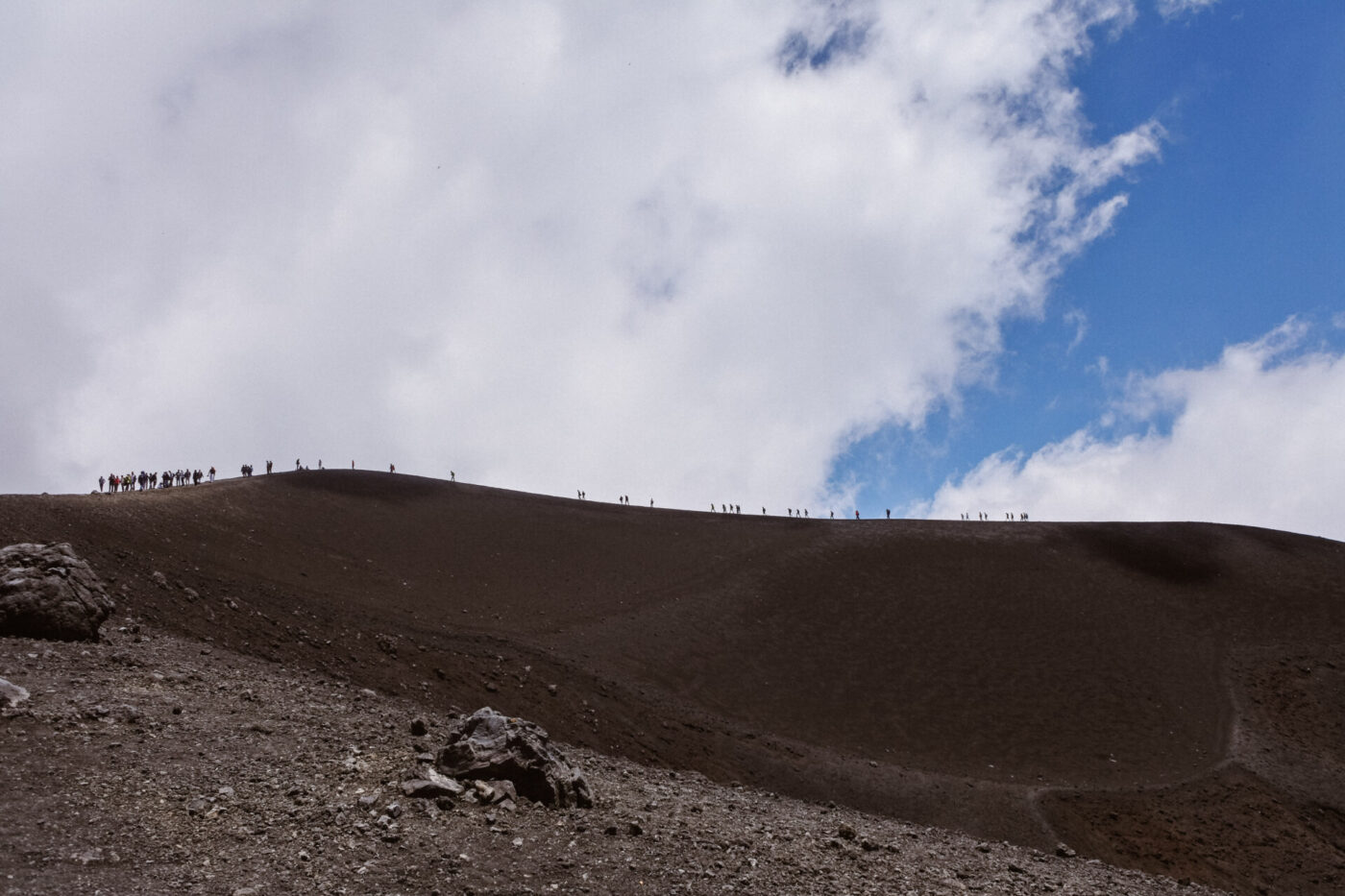Before anything else, Sicily is an island and, like all islands, mysteries hide beneath its surface, half land and half water. It seems that the gods–and their adventures, desires, and whims–never left the sunny theaters of Syracuse or Taormina. Along the coast of Palermo and Trapani, the heroic cries of Odysseus and half-divine Heracles still echo over the immense blue sea. At dusk, amid the cicadas and fireflies, one can faintly hear Persephone in the roar of the waves crashing onto the craggy rocks, the subterranean rumbling of Hephaestus’ glowing forges. Greco-Roman tradition has shaped the landscape of Sicily with stories that provide explanations for the region’s otherworldly terrain, through tales of monsters, nymphs, gods and heroes.
The prominence of these folkloric characters in Sicily is largely thanks to the fifth-century epic poem The Odyssey, attributed to Homer, which tells of the 10-year voyage of the Greek hero Odysseus, trying to return home to his wife Penelope and son Ithica after his victory in the Trojan War. At the time, Sicily was known for treacherous seas and a mainland full of surprises and mysteries, home to one-eyed giants and other frightening monsters. Odysseus encountered many of these characters–along with grueling trails–along his journey, stories of which have been passed down across the island for centuries.
As with all ephemeral oral histories, the tales of Odysseus’ journey have surely undergone changes, additions, and misrepresentations over the generations. However, that is precisely why they still appeal to us: the myths don’t tell an absolute truth, but rather archetypes and legendary patterns which are still capable of fascinating all who step foot on the island. These are just a few of the more dramatic tales to be found within the island’s lore:

Photography by Gina Spinelli
THE MYTH OF THE STRAIT OF MESSINA: SCYLLA AND CHARYBDIS
The Strait of Messina is a thin strip of sea that divides the island of Sicily from Calabria and the rest of the boot. Contemporary travelers heading south in Italy know that the best way to reach Sicily is by sea: the Caronte ferry departs regularly from Villa San Giovanni. Take in views of the undulating coastline, savoring an arancino fried in plenty of oil and gazing at the horizon until you catch a glimpse of Messina.
In the mythical time of the gods, navigating the strait was no easy feat: two sea monsters made it nearly impassable by creating treacherous chasms and earthquakes. Scylla, a charming, blue-eyed Nereid (sea nymph) of the Calabrian coast, was targeted by jealousies from the sorceress Circe. Circe was in love with Glauco, who instead loved Scylla–a classic unrequited love triangle–and so she transformed Scylla into a terrible six-headed monster. As Giulio Guidorizzi writes in “The Sicily of the Gods” a Mythological Guide:
“When you sail between two facing rocks,” said the sorceress Circe to Odysseus on his return voyage to his homeland Ithaca, “you will see that one is very high and smooth, and its top sinks among the clouds. There lurks Scylla […] when she spots prey, a dolphin, a whale or even a ship, she leaps out with six monstrous heads bristling with sharp teeth, seizes it and devours it. It is useless to try to oppose it; no one escapes.”
On the other side of straight lurks Charybdis; travelers who tried their luck at escaping Scylla would sail towards Messina from the other side, only to be met with this equally dangerous foe. Before she was a monster, likened to a “whirlpool that swallows everything to the bottom of the waters,” Charybdis was a woman, the daughter of Gaea–the earth–and Poseidon–god of the sea. In a sin of gluttony, she ate the sacred oxen of King Geryon. With his thunderbolt, Zeus, the king of all the gods, turned her into a sea vortex capable of swallowing passing ships.
The cities of Scylla in Reggio Calabria and Charybdis near Messina symbolize the intense and unruly energy of the deep ocean, which often rebels against man, destroying everything with earthquakes and floods. Whether you attribute it to the gods or to natural currents created by the meeting of the Tyrrhenian and Ionian Seas, the fact is that the city of Messina has more than once been destroyed by earthquakes and tidal waves. She still stands though, a resilient wreck, with a lighthouse that lights the path of every traveler who comes to her port. This story has frightened sailors and travelers embarking across the Straits of Messina for centuries, making Lo Stretto famous throughout the Mediterranean. Even once you are safely on shore, beware: the beautiful rocks and caves along the coastal towns are said to be hiding monsters.
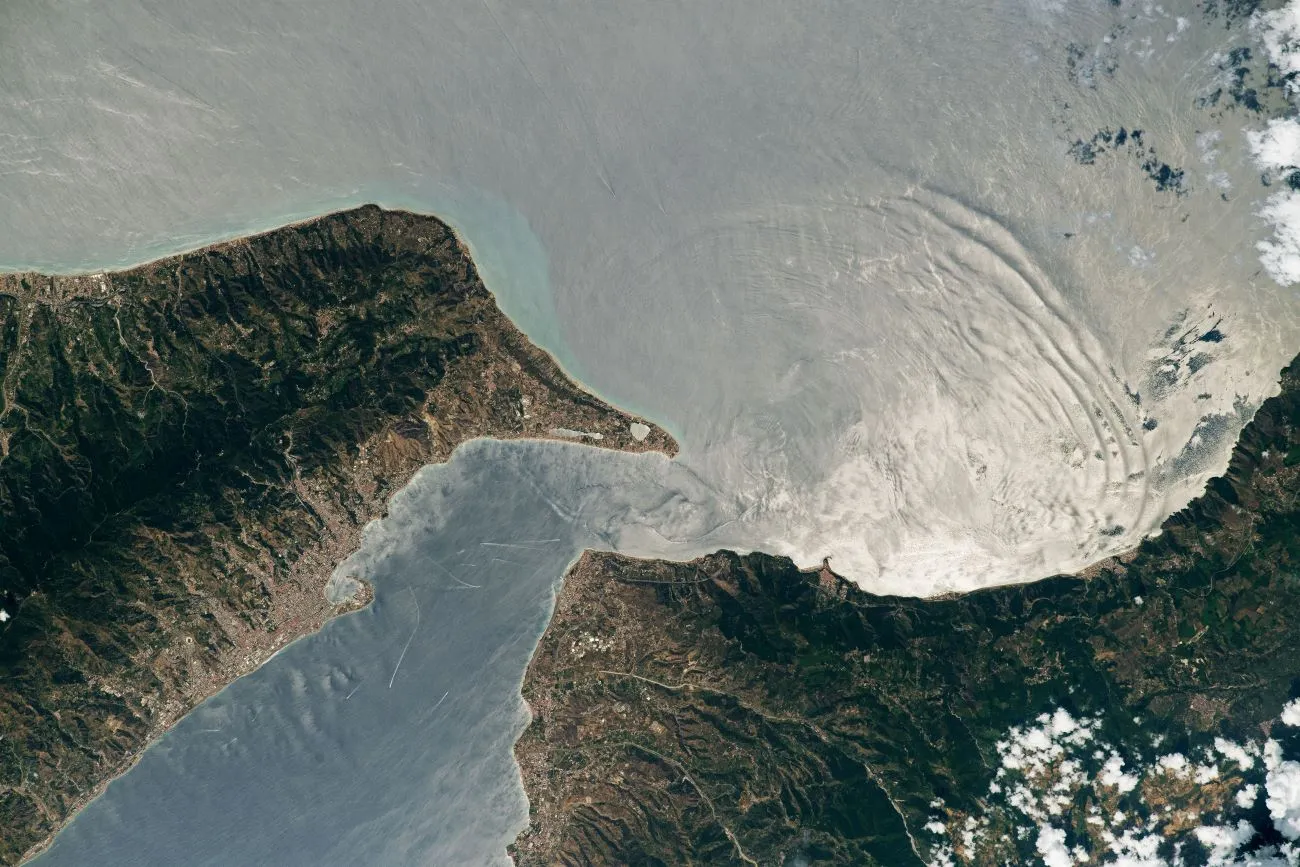
THE MYTH OF THE AEOLIAN ISLANDS: ODYSSEUS AND AEOLUS
North of Sicily, the Aeolian Islands–lands of wind and fire known for their ceramics and highly prized obsidian–form the backdrop of this tale.
The ancients believed that Aeolus–king of the winds–lived on one of the Aeolian islands and kept winds and storms imprisoned in a cave, unleashing them when he was enraged. After escaping the wrath of the Cyclops Polyphemus, Odysseus stayed at Aeolus’s house for a month with his companions, recounting his adventures during the Trojan War. Upon his departure, Aeolus accompanied Odysseus to his ship and presented him with a special gift: a wineskin made of ox, secured with a chain. It contained all the winds of the earth, except Zephyrus–the gentlest one, left out of the bag to guide the sails of his ship.
Odysseus’s jealous companions wanted to know what was inside of the wineskin. They opened the wineskin, freeing all of the winds. They mixed with Zephyrus and created countless terrible storms, which Odysseus and his companions–and the inhabitants of the Aeolian islands to this day–then had to face along their journey. According to the legend, Aeolus was very disappointed when Odysseus came back to him with the empty wineskin and banished him forever from the lands of wind and fire.
THE MYTH OF ORTIGIA AND SYRACUSE: ARETHUSA AND ALPHAEUS
In addition to treacherous seas and winds, Sicily is characterized by movements from the deep that create volcanoes and springs.
The tale of Alphaeus and Arethusa is one of the more dramatic of the Sicilian myths. A beautiful Greek nymph, Arethusa was raised by Artemis, goddess of the hunt. One day, when Arethusa decided to cool off by a river, she took off her robes and plunged into the water. Alphaeus, the river deity, was overwhelmed with her beauty and began to chase her; the frightened maiden cried out to Artemis for help. The goddess wrapped her protégée in a cloud and blew her toward Sicily. Above Ortigia, Arethusa transformed into a spring of fresh water: her hair gradually turned into green, soft seaweed and her body melted into a spring on the west side of the island.
Completely infatuated, Alphaeus did not give up; he asked his father Oceanus, god of water, to let him also be taken to Sicily, where he wooed Arethusa until he convinced her of his love. To seal their love, Artemis dug a cave under the spring so that the waters of Arethusa and Alphaeus would flow for eternity.
To this day, this spring in the oldest part of the city is a destination for lovers who come to Syracuse. A beautiful bronze statue surrounded by four tritons stands in the center of the spring, immortalizing the love of Alphaeus and Arethusa. Couples who touch the waters are said to receive a good omen of fertility and happiness. Women of Syracuse still wear rings and earrings of ancient Syracusan coins that bear the image of Arethusa as an auspicious sign.
At the bottom of the spring, you can see the mikveh: a famous, ritual underground bath in which Jewish women used to wash away impurities related to menstruation or childbirth. The pools are fed by the same water as the Arethusa spring, and one pool leans against a Greek cistern.
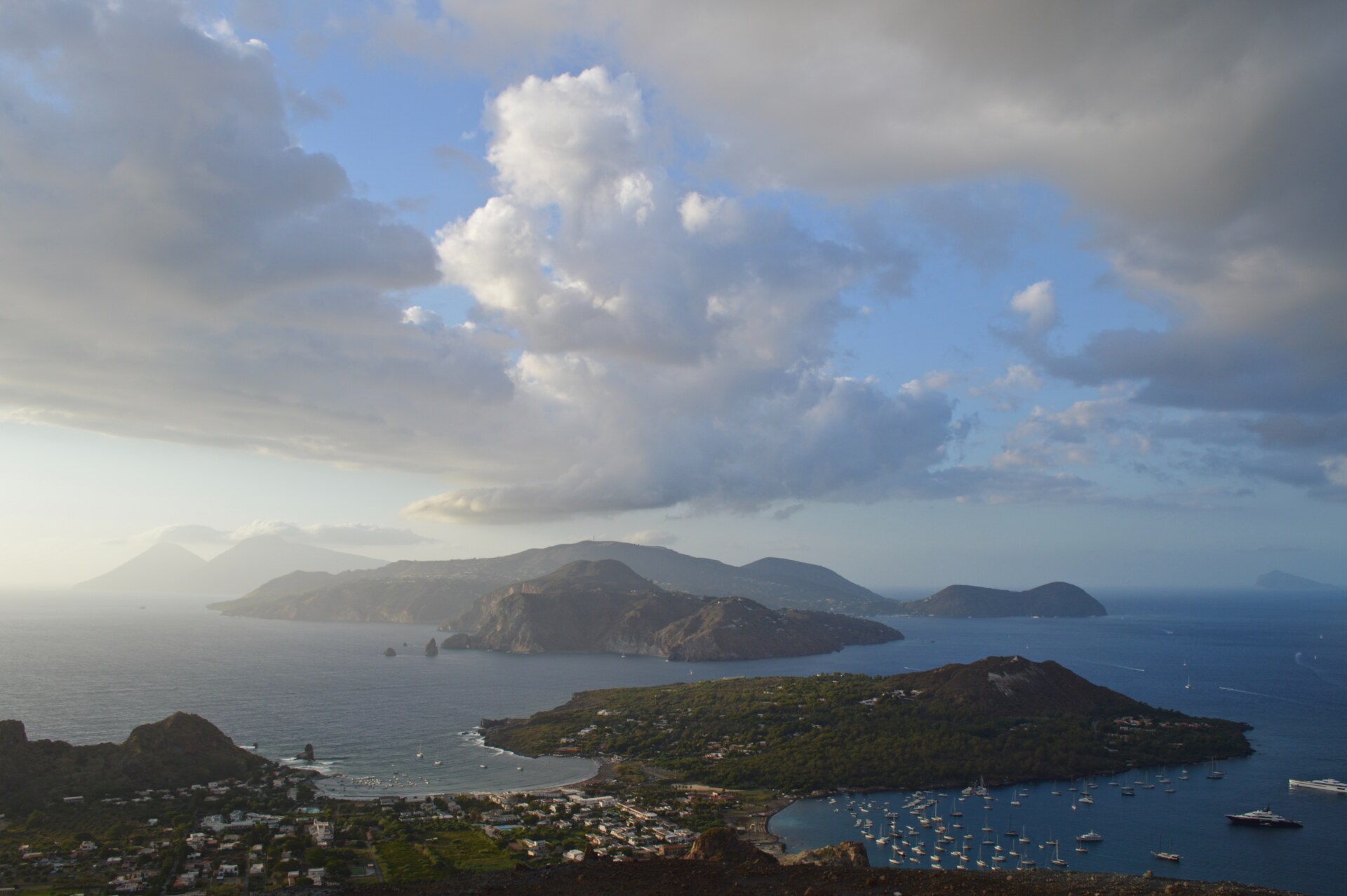
THE MYTH OF ACI: POLYPHEMUS, GALATEA, AND ACIS
Many towns in the province of Catania all begin with the same name, Aci. Legend tells of a fierce love triangle: Polyphemus, a Cyclops who lived near the active volcano Etna, was hopelessly in love with young Galatea, one of the fifty beautiful Nereids. Galatea taunted the poor Cyclops as she secretly loved the handsome Acis, a shepherd boy who grazed his sheep near the sea.
But Polyphemus realized her true affections, and as soon as Galatea returned home to the ocean after a rendezvous with Acis, the Cyclops, in a fit of rage and jealousy, hurled a large boulder of lava at Acis, crushing him.
Galatea wept over her beloved’s body. Zeus and the gods of Olympus took pity on her and turned Acis’s blood into a river of lava, which still rises from Mount Etna and flows into the stretch of beach where the two lovers used to meet.
The beautiful Aci Trezza rocks, protruding from the sea, are said to be the very boulders thrown by the angry Polyphemus. They are the same boulders he also tried to hurl at Odysseus, who, having been trapped inside the cave, tricked the cyclops and escaped.
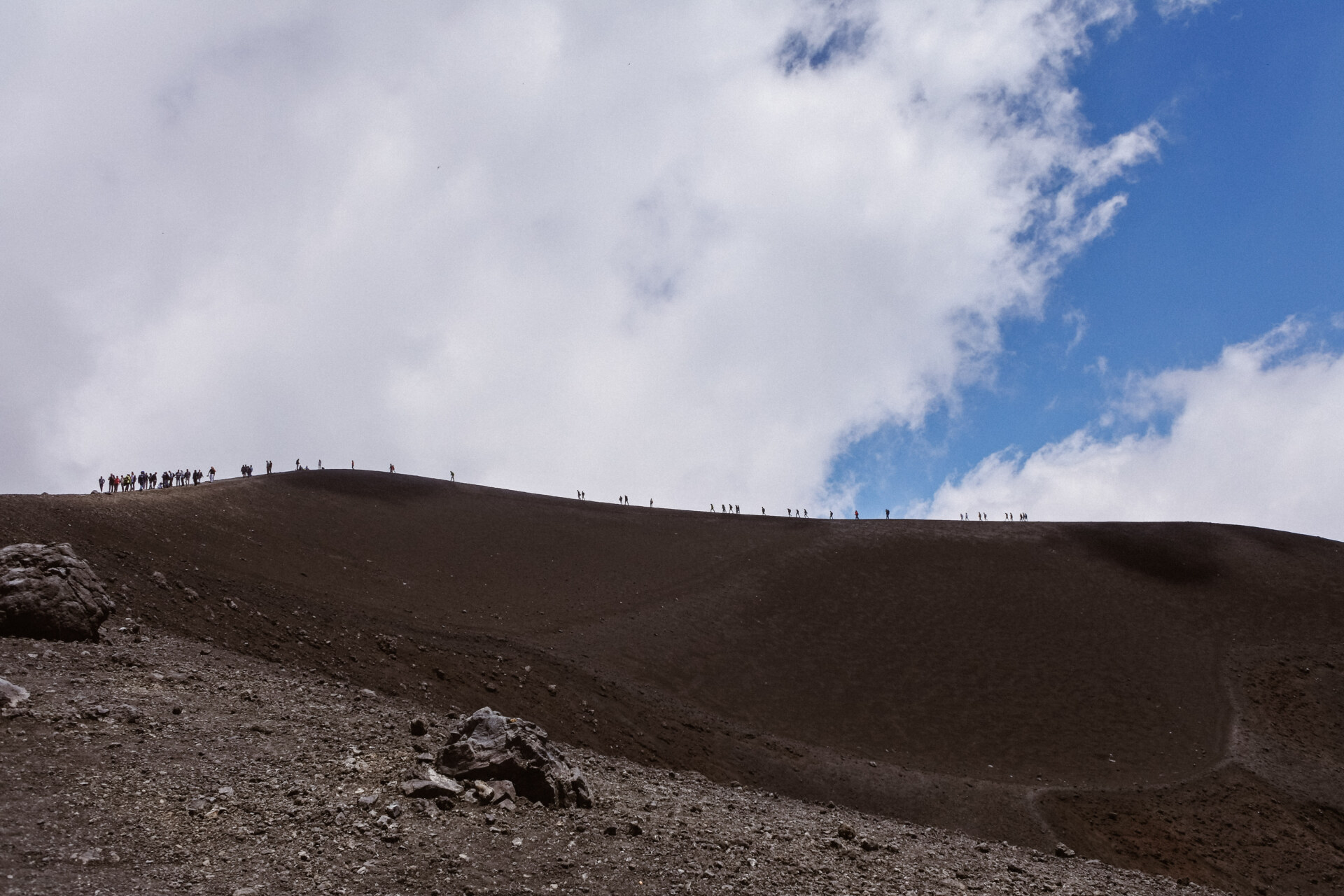
THE MYTH OF ENNA: PERSEPHONE AND CYANE
The myth of Demeter and Persephone is perhaps one of the most famous ones of Classical lore.
Persephone–daughter of Zeus and Demeter, goddess of vegetation and agriculture–loved to pick flowers and create woven wreaths along Lake Pergusa, near Enna. She was a lovely, gentle girl and very sought after by many suitors, but her mother, Demeter, was reluctant to let her marry and protected her fiercely. As fate would have it, Hades, the fiery god of the underworld, fell in love with Persephone, and, when his affections were refused by Demeter, he decided to abduct Persephone, snatching her away from her friends one afternoon while they played by the river. The nymph Cyane, Persephone’s friend, clung to Hades’ chariot to prevent her abduction, but the god struck her with his scepter, transforming her into a double spring with turquoise-colored waters, and brought Persephone to live with him in his hellish kingdom of the dead.
Hades made Persephone his bride, condemning her forever to the afterlife. After her disappearance, Demeter was so depressed that she stopped the harvests, and people on earth began to experience famines. So Zeus, out of pity for men, granted Persephone permission to spend part of the year on Earth and part of the year in the underworld. During the seasons of spring and summer, Persephone returned to Olympus with her mother, and the fields and forests would bloom and crops would thrive. In autumn and winter, Persephone was once again relegated to the underworld with Hades, and Demeter would mourn her daughter so fiercely that no crops could thrive.
At the time, people used this narrative to explain the bounty of spring and summer in contrast with the barrenness of winter, giving them a way of interpreting the cycle of the seasons.


